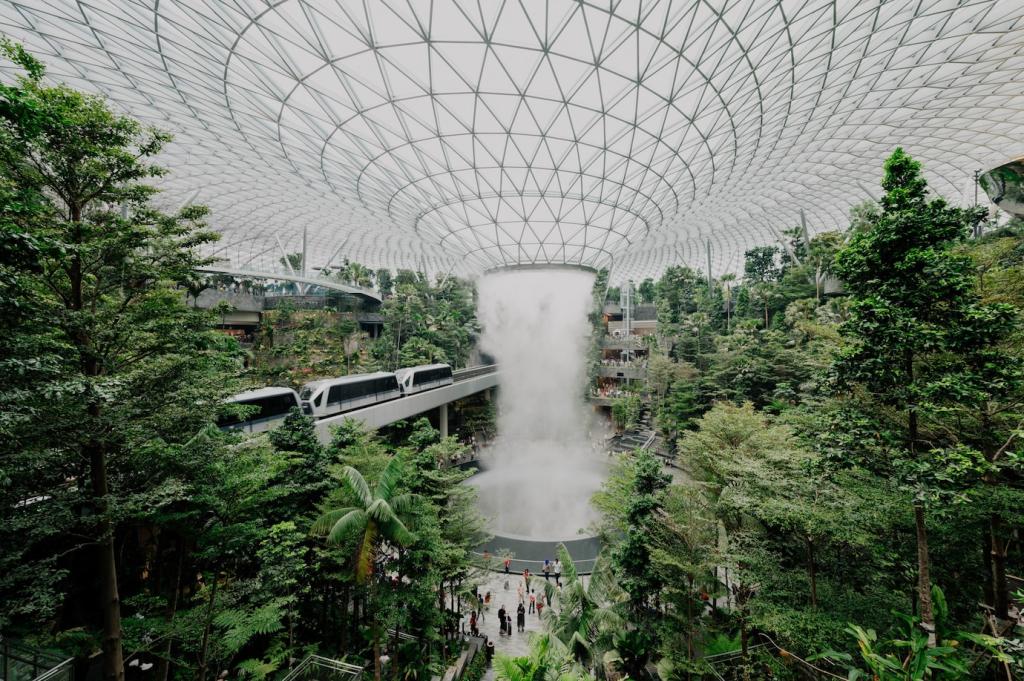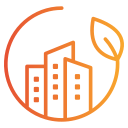Trends Transforming Sustainable Urban Living
The landscape of urban living is undergoing rapid transformation as cities around the globe seek innovative solutions to balance growth with environmental responsibility. Sustainability is now at the forefront of urban planning and development, driving new models that prioritize greener infrastructure, smarter technologies, inclusive communities, and conscious resource management. As global urban populations expand, these evolving trends not only aim to reduce cities’ ecological footprints, but also foster healthier, more equitable, and more resilient urban environments for all residents. This page explores key trends that are shaping the future of sustainable urban living and how they are impacting the ways people experience and build their cities.

Intelligent Mobility Solutions
Urban Energy Efficiency and Microgrids
Waste Management Innovations
Social Inclusion and Urban Equity
Affordable and Sustainable Housing
Inclusive Public Spaces
Community-Led Urban Regeneration

